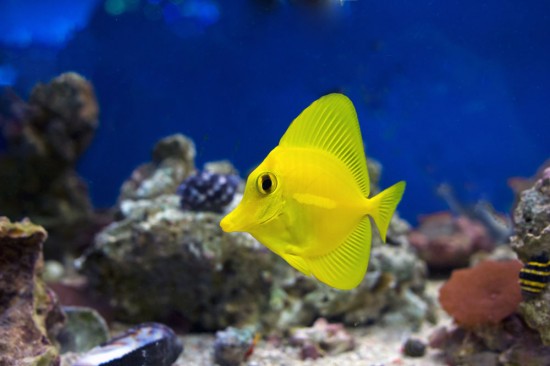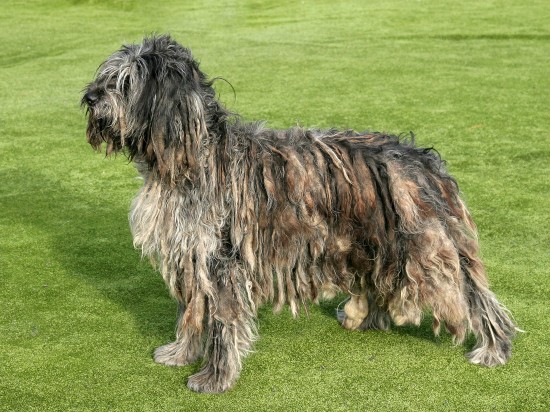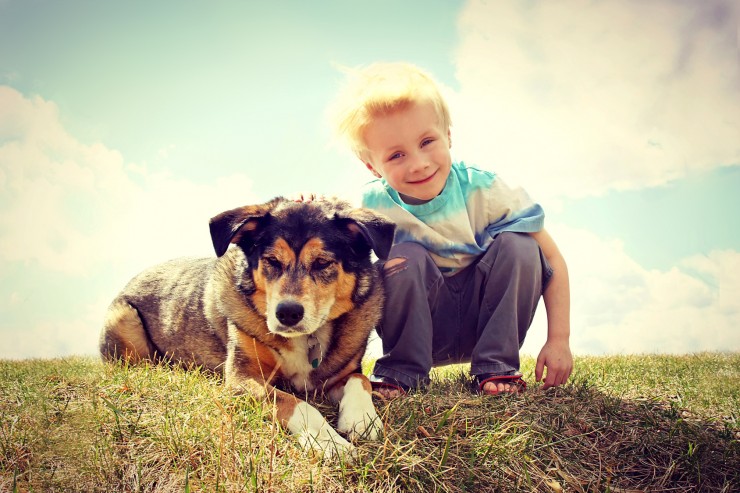
These crate training puppy tips are crucial to follow immediately when bringing your new dog home. It may be an issue of whether or not to crate train your puppy for some people. Most people look at it as an inhumane thing. In fact, it is quite the opposite. If you can get past the fact that it looks like a cage, your puppy will benefit from crate training him/her. When dogs were considered wild animals instead of pets they slept in dens (holes they dug to hide from predators). Nowadays your pup still possesses some of their ancient primal instincts. They want a small cozy place where they can feel safe and secure. Look at a crate as a modern version of a den. It's your pups place to retreat to when they want peace and privacy.
One of the many benefits of crate training your puppy is that a crate will help to housebreak your pup faster and make training a lot easier on you and the puppy. A dog's instinctive nature is to keep their dens clean. A crate is a great tool for house training because a dog won't relieve themselves where they sleep. Crating your pup overnight or while you are away helps to prevent your energetic pup from chewing or getting into your things.
The first crate training puppy tip is to introduce them to the crate. You want to put the crate in an area in the house that the family spends most of their time. Take the door off and let your pup explore the crate at his own convenience. Most pups will be curious right away but if not bring him/her over to the crate using a happy tone of voice and keep the door open so you don't frighten them.
You want to ease your pup into the crate by leaving treats leading to the back of the crate. If he/she still refuses to enter don't force them but continue throwing treats into it until your pup walks into the crate on it's own. If treats aren't working try a favorite toy of theirs.
Step two is to start feeding your puppy his meals near the crate. Until he/she is comfortable serve their meals closer and closer to the crate. If they are entering the crate on their own with no problems then you can place the food dish to the back of their crate. When you notice your pup eating effortlessly, close the door while they eat, but make sure to open it as soon as they are done eating. With each effortless meal, leave the door closed a few minutes longer each time.
Step three is to lengthen your pups crating periods. When your pup is eating his/her meals in the crate without any anxiety, slowly confine them for small amounts of time while you are at home, to get them accustomed to the idea.
* Draw them over to the crate with a treat.
* Say "kennel" and point to the inside of the crate with the treat in hand.
* After they enter the crate, praise them, give them a treat and close the door. Sit near the crate quietly for a few minutes, then leave for a few minutes. Then return to the crate, sitting quietly for a few more minutes and then let them out.
You want to repeat this training several times a day, slowly increasing the time they are crated, and the time you are out of their sight. Once they are staying in the crate quietly for more than a half hour at a time, you can start crating him to sleep or if your away from home for short periods of time. Depending on the dog this could take several days or several weeks.
When step three is conquered, then you can move on to crating your pup when you leave. Remember not to show your pup that you are emotional for leaving them. Instead praise them, give them a treat and leave.
Returning home should be the same. Keep the excitement of returning home low key in order to avoid increasing your pets anxiety.
Now onto step four which is crating your pup at night. Using your regular command for entering the crate, put your pup's crate in your bedroom or near it. This way you can hear if your pup needs to go out in the middle of the night. Puppies can't hold their urine for long periods of time so be prepared to get up once or twice during the night.
All these are very important crate training puppy tips to follow. Using a crate can be a great tool for training when you use it correctly. Do not overuse or misuse it. Never use the crate as a form of punishment. This will cause your pup to look at the crate negatively defeating the entire purpose of crate training your pup. You must remember confinement isn't cruel if it is used correctly. Puppies like having their own space just like we do. Following this steps with consistency and patience will be all the crate training your puppy will need.
 Wolves And Dogs - The Origins Of The Domestic Dog
Wolves And Dogs -
Wolves And Dogs - The Origins Of The Domestic Dog
Wolves And Dogs -
 Keeping Marine Fish - Is It As Difficult As It Seems?
Keeping Marine Fi
Keeping Marine Fish - Is It As Difficult As It Seems?
Keeping Marine Fi
 Feline Idiopathic Cystitis (fic)
Feline Idiopathic
Feline Idiopathic Cystitis (fic)
Feline Idiopathic
 The Bergamasco A Breed That Boasts Very Few Health Issues
The Bergamasco A
The Bergamasco A Breed That Boasts Very Few Health Issues
The Bergamasco A
 Research Shows That Children Are More Likely Than Adults To Be Bitten By Dogs
Research Shows Th
Research Shows That Children Are More Likely Than Adults To Be Bitten By Dogs
Research Shows Th
Copyright © 2005-2016 Pet Information All Rights Reserved
Contact us: www162date@outlook.com